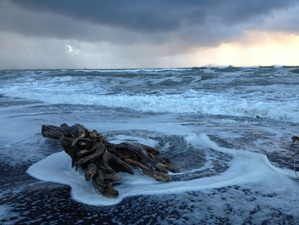 Beach walk, Hokitika
Beach walk, Hokitika But Hokitika is one of the more inspirational places I’ve taken my camera.
It’s a small gem town on the West Coast that you could easily quickly drive through. But you’d be making a mistake. The town runs parallel to one of the most intriguing beaches I’ve ever been too. Now, granted, that’s not an adjective often used with beaches. The sea wasn’t crystal clear. The sky wasn’t blue. And the weather meant that I kept my clothes on. I’d love to see it on a summer’s day too, when the town is buzzing, but it just goes to show you don’t always need the sun to create a dramatic holiday destination.
It’s a photographer’s paradise. With a bubbling purple sky as a backdrop, I spent hours clicking away at the shapes created by the gnarled and twisted driftwood tossed up on the sparkly black sand, until the clouds finally broke in two and I got drenched, shielding my camera up my sweater.
In fact the whole area is a walker’s paradise. With a four year old and a six year old we managed three very different short ambles. Take my advice. Stop here for a night or two.
Walk 1: Hokitika beach. Walk for as far as you care. There are flat stones to skim in the Tasman Sea, and dens to make with the driftwood. Don’t expect to walk very fast.
Walk 2: Hokitika Gorge Walk. Drive 25km east of Hokitika past Kowhitirangi, where you’ll pass a memorial to the seven men who were shot when farmer Stanley Graham went on a rampage in 1941. The 1981 film “Bad Blood” was based on the tragedy. A little further on is a super granite gorge filled with milky blue water. The walk takes you over a swingbridge.
Walk 3: Tree top walk. Drive 15mins south of Hokitika to the West Coast Tree Top walk, where you can view the world from the Kamahi tree canopy at a height of 20m. If that’s not high enough climb another 20m to the top of the Hokitika Tower. www.treetopsnz.com
Where to stay:
Shining Star Beachfront Accommodation. The chalets back straight on to the beach and are opposite a glow worm dell. www.shiningstar.co.nz

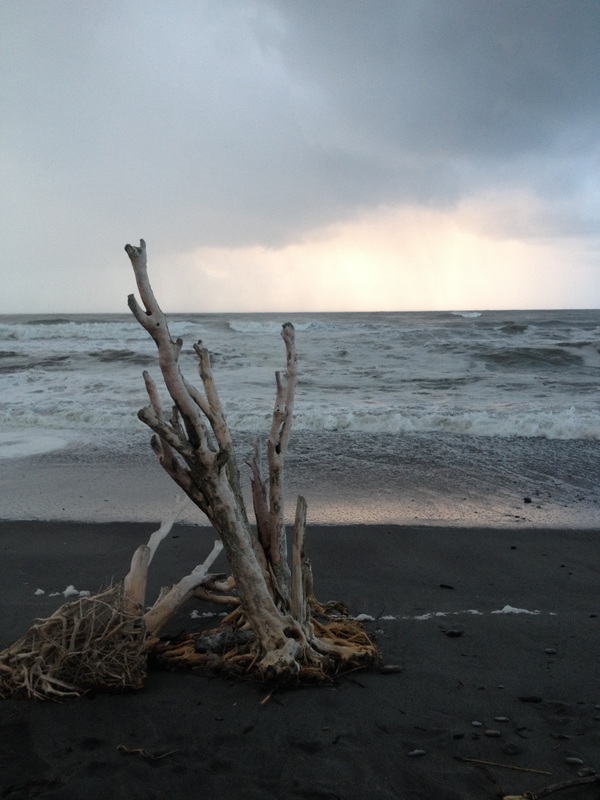

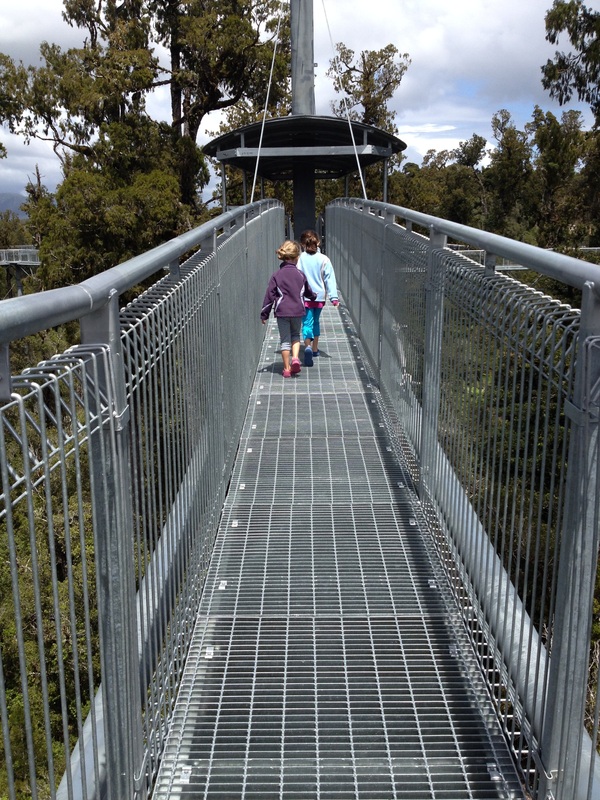
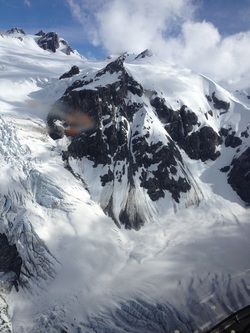
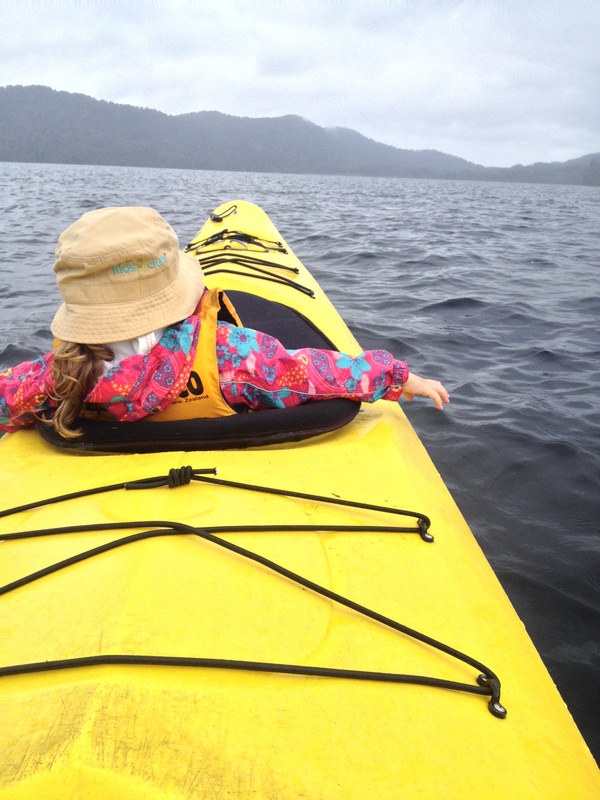
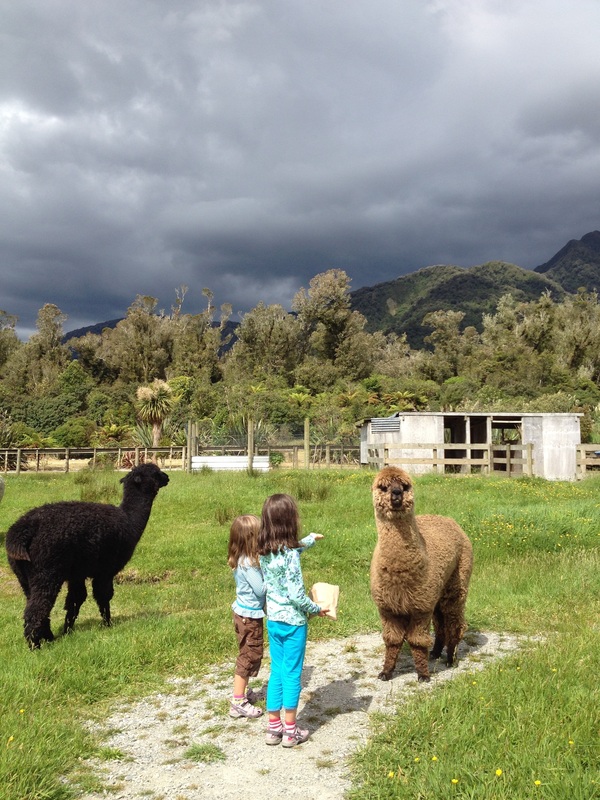
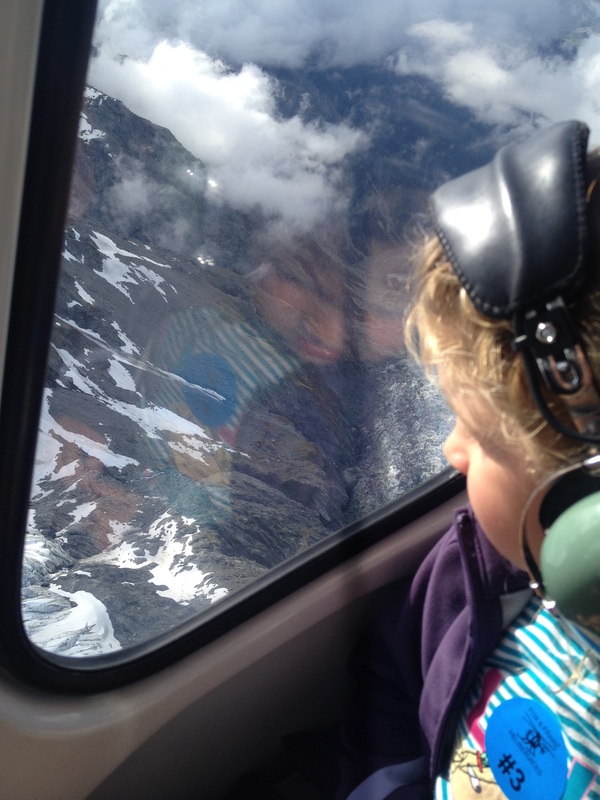
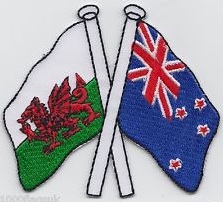
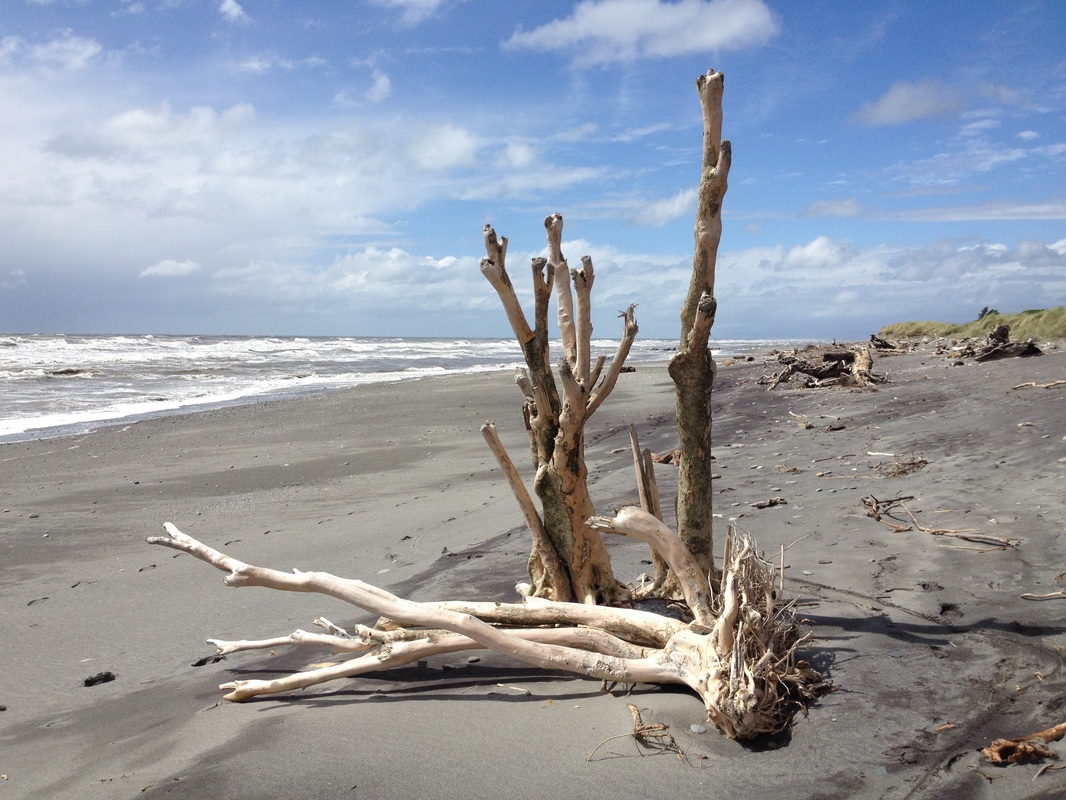
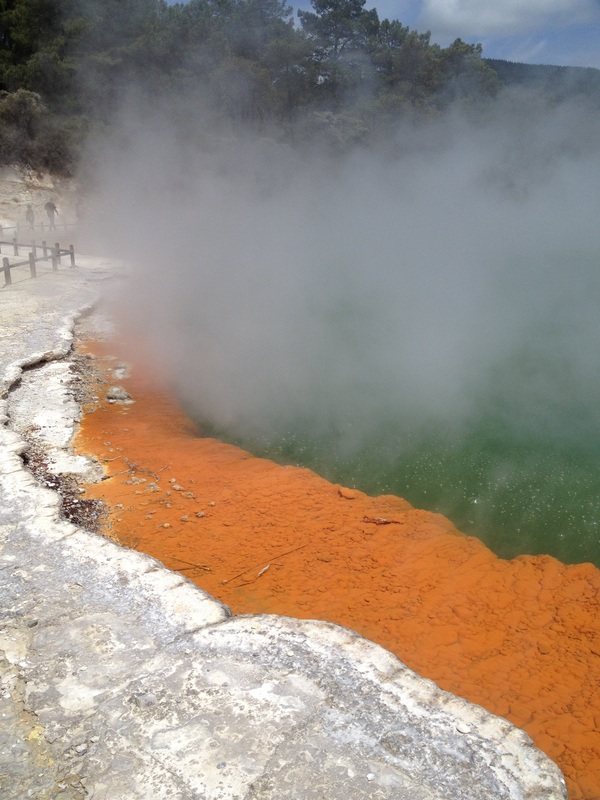
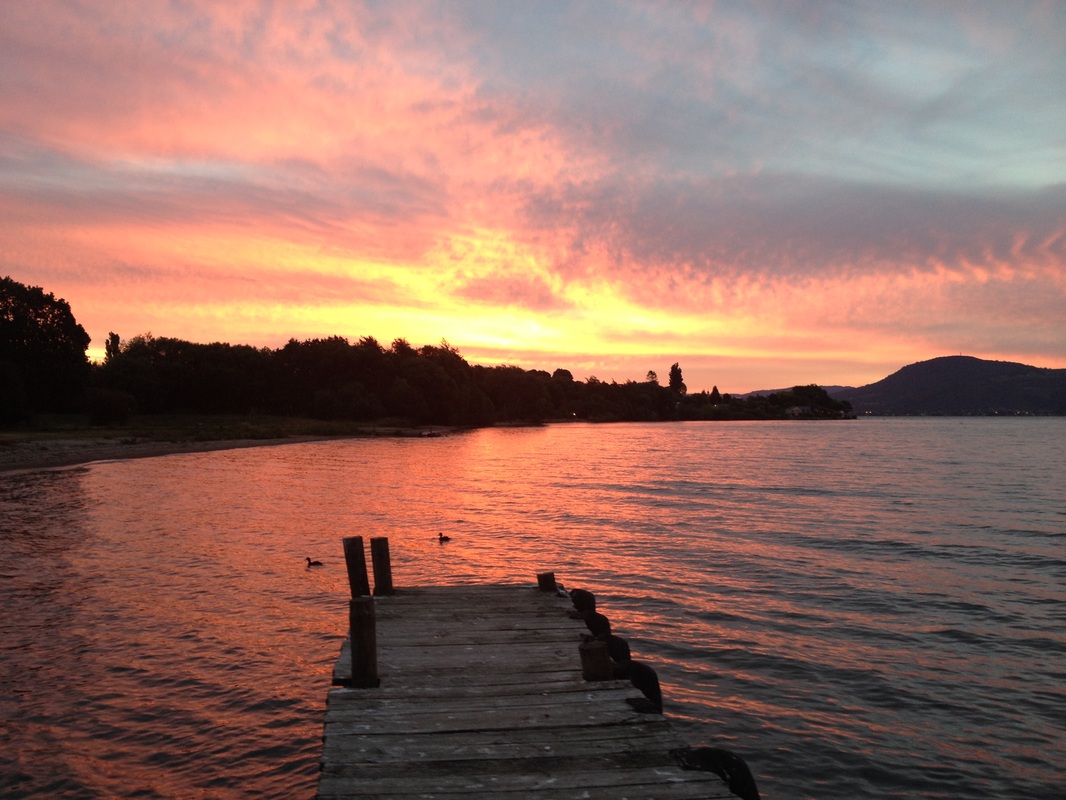
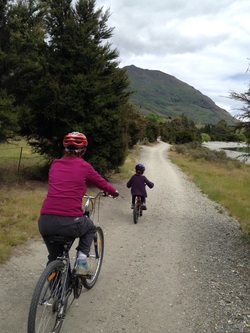
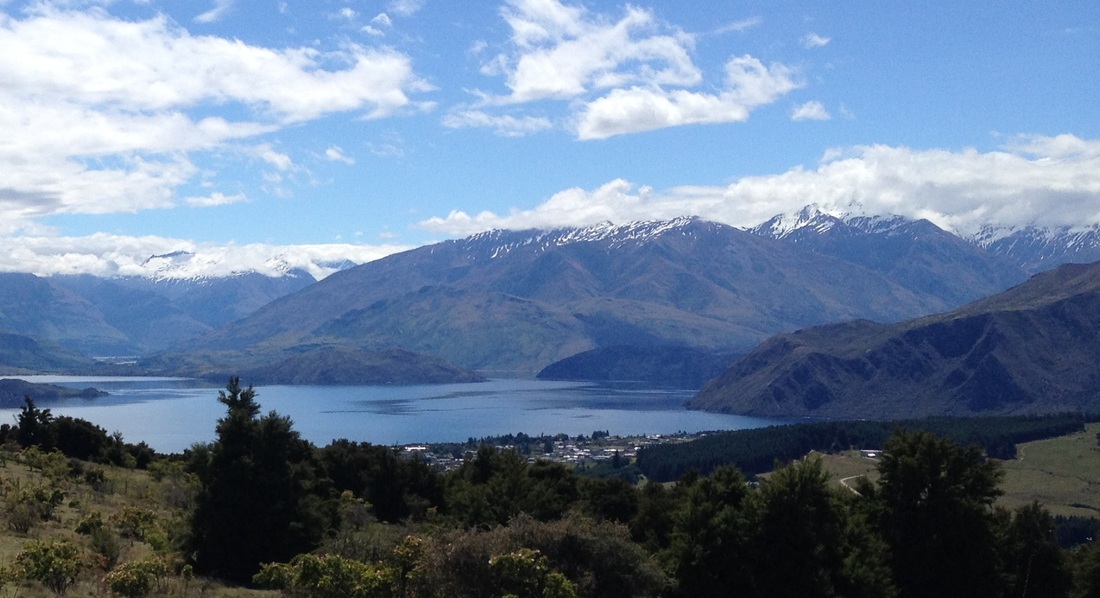
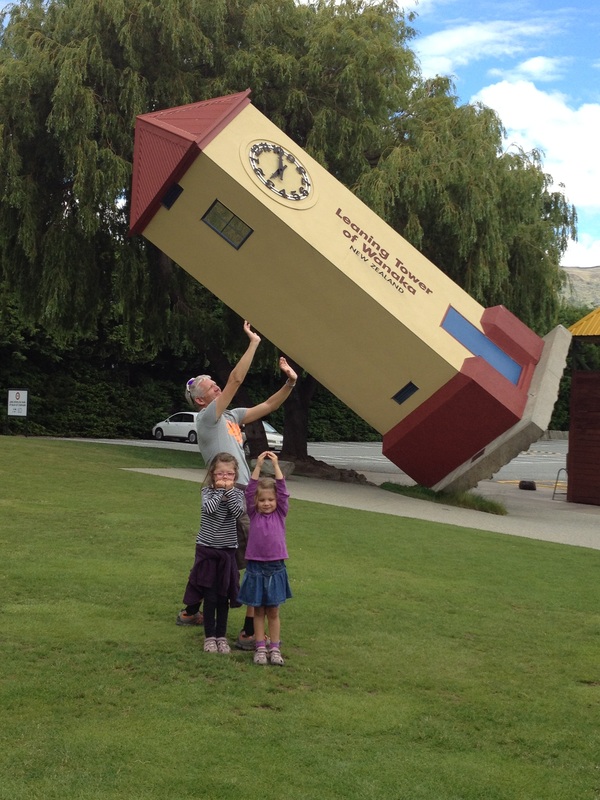
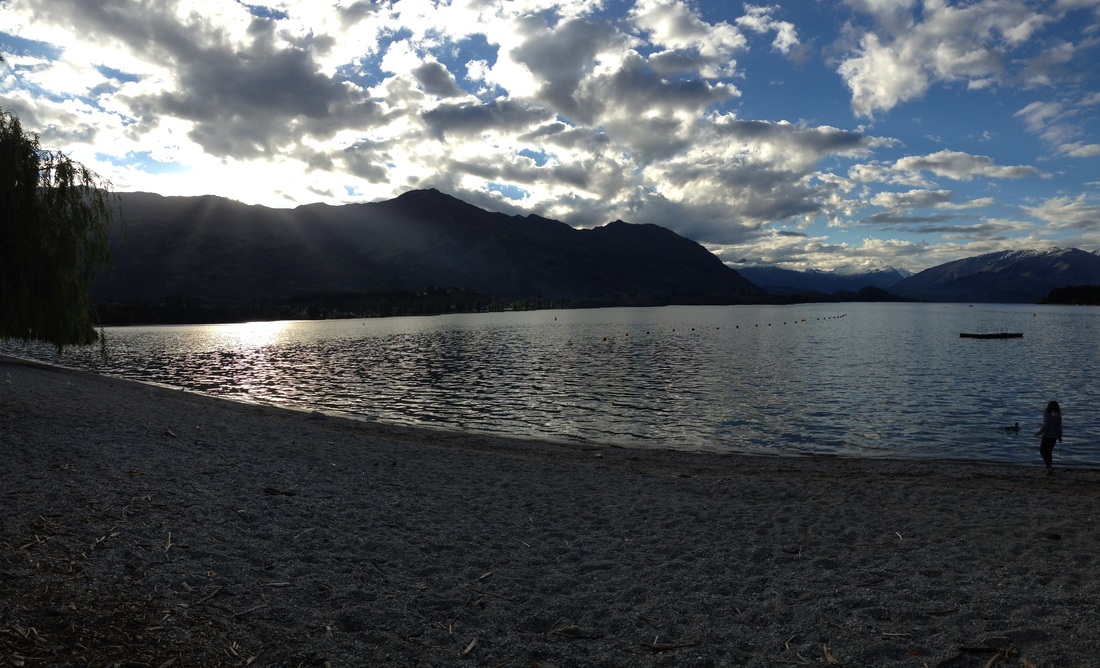
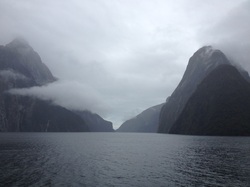
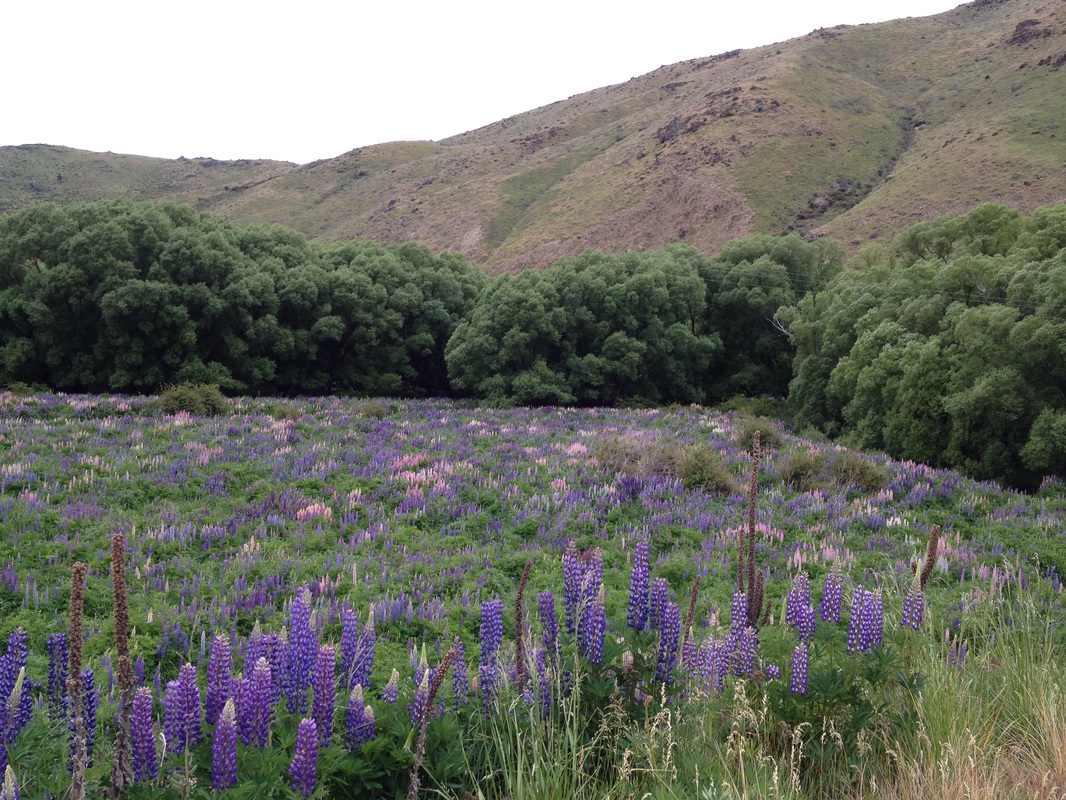
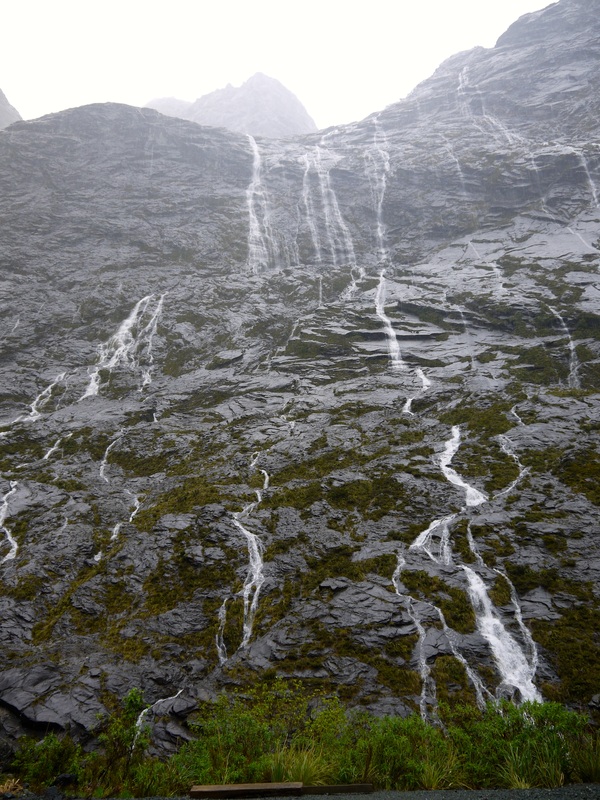
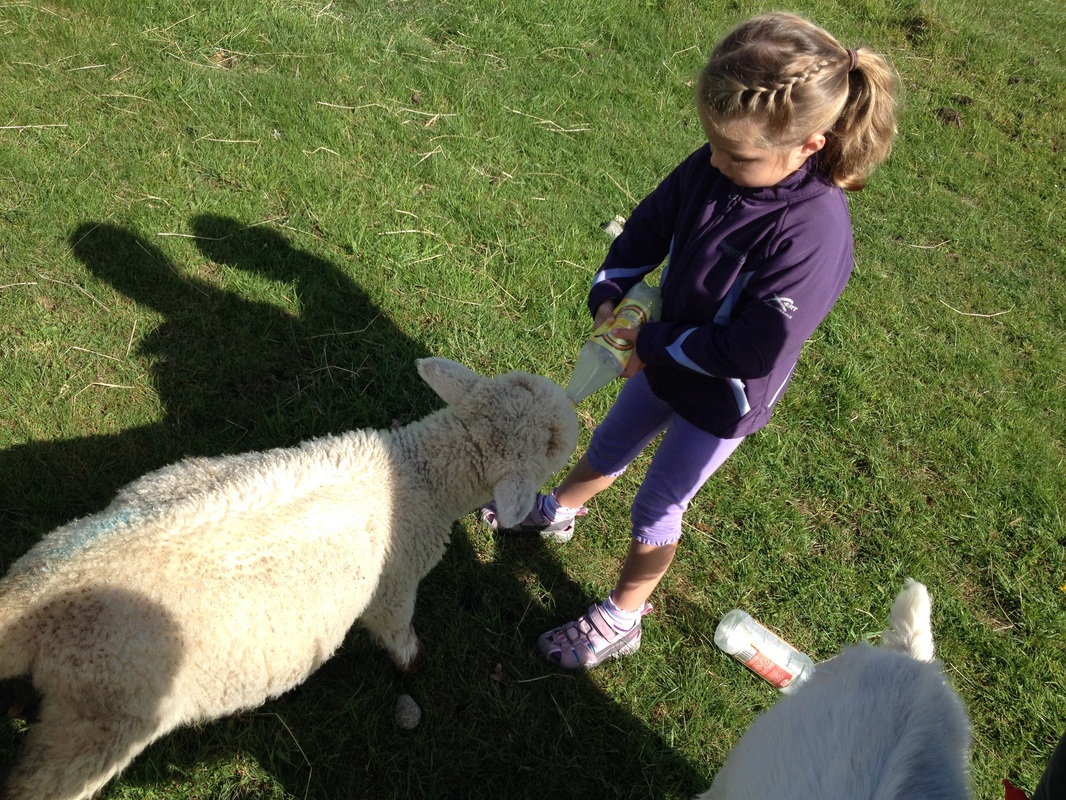
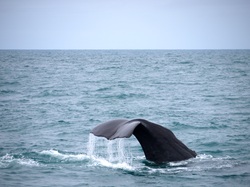
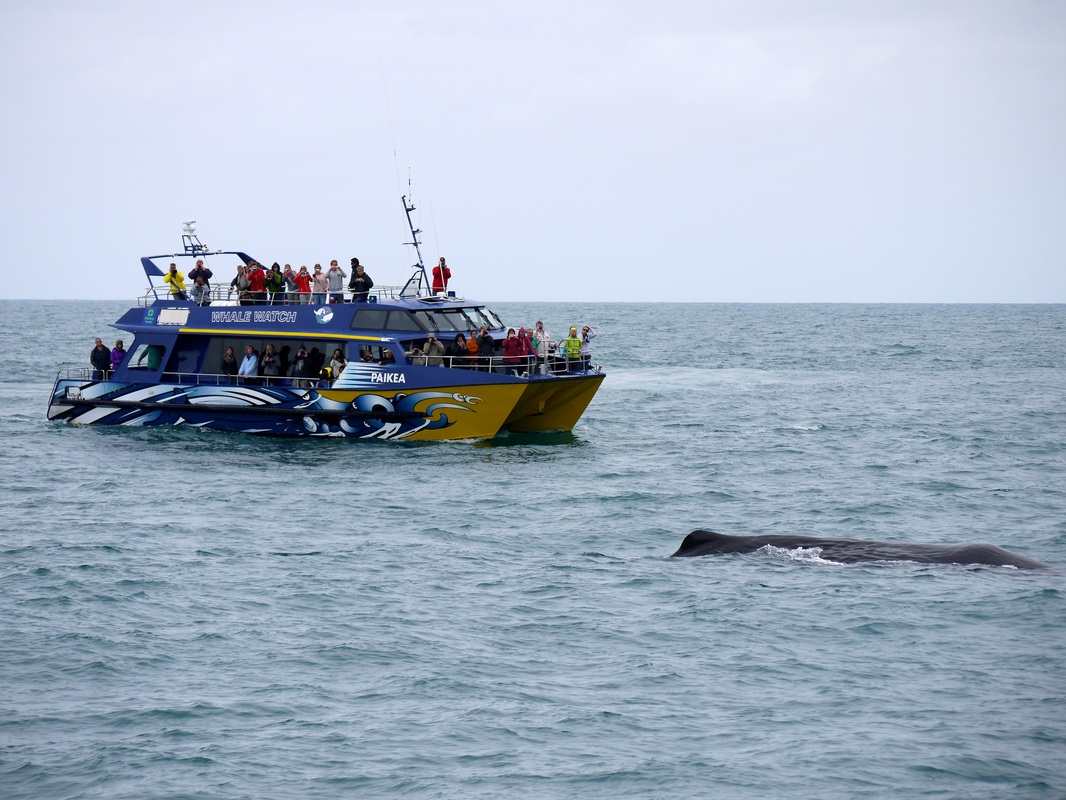
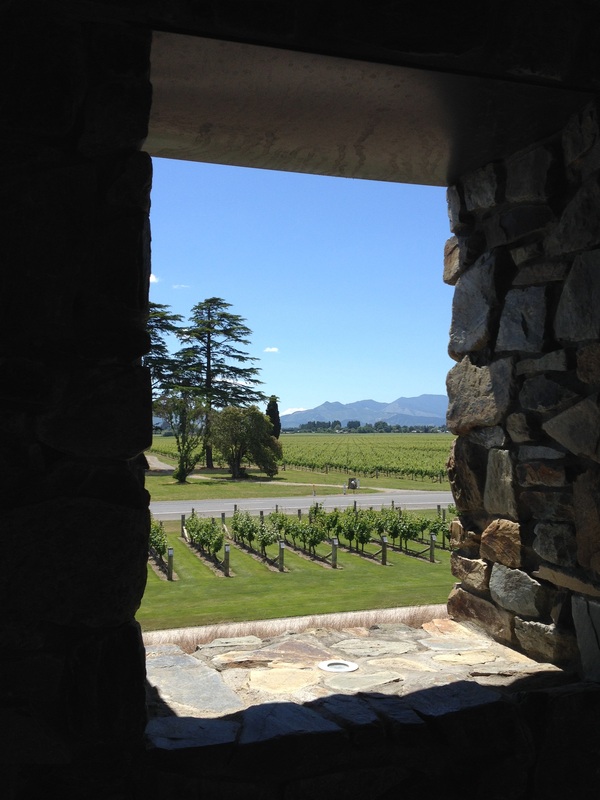
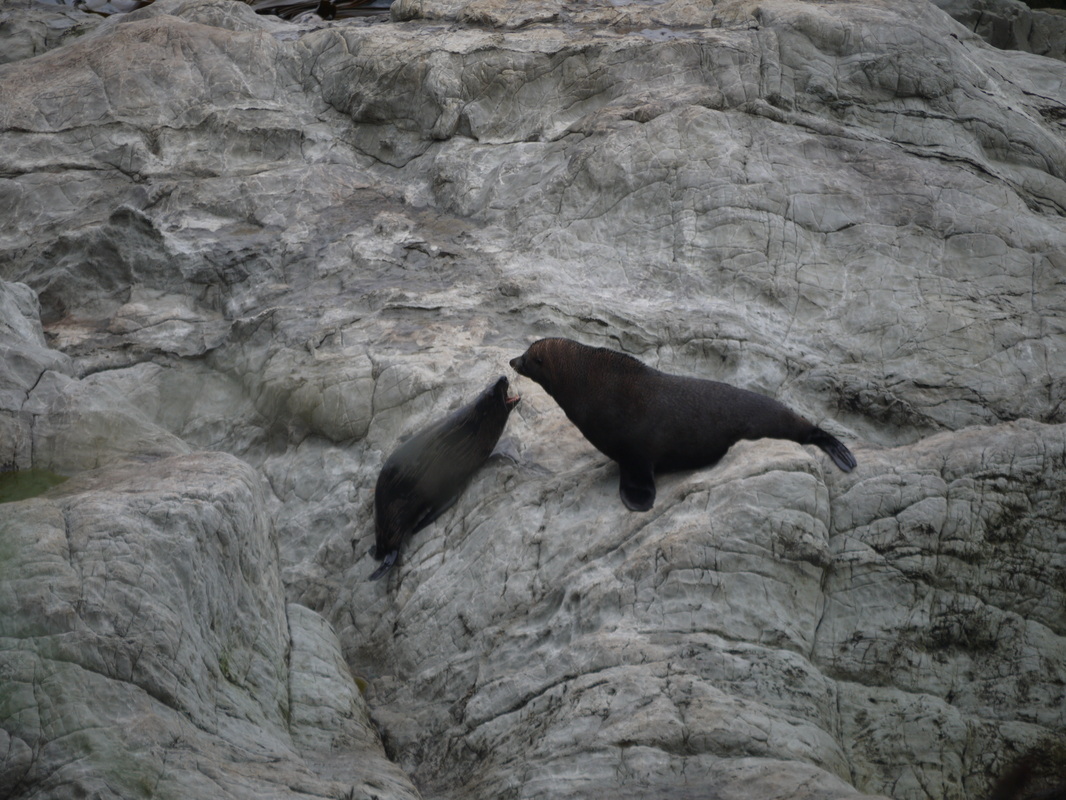
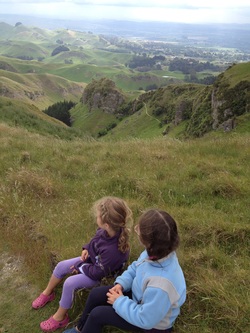
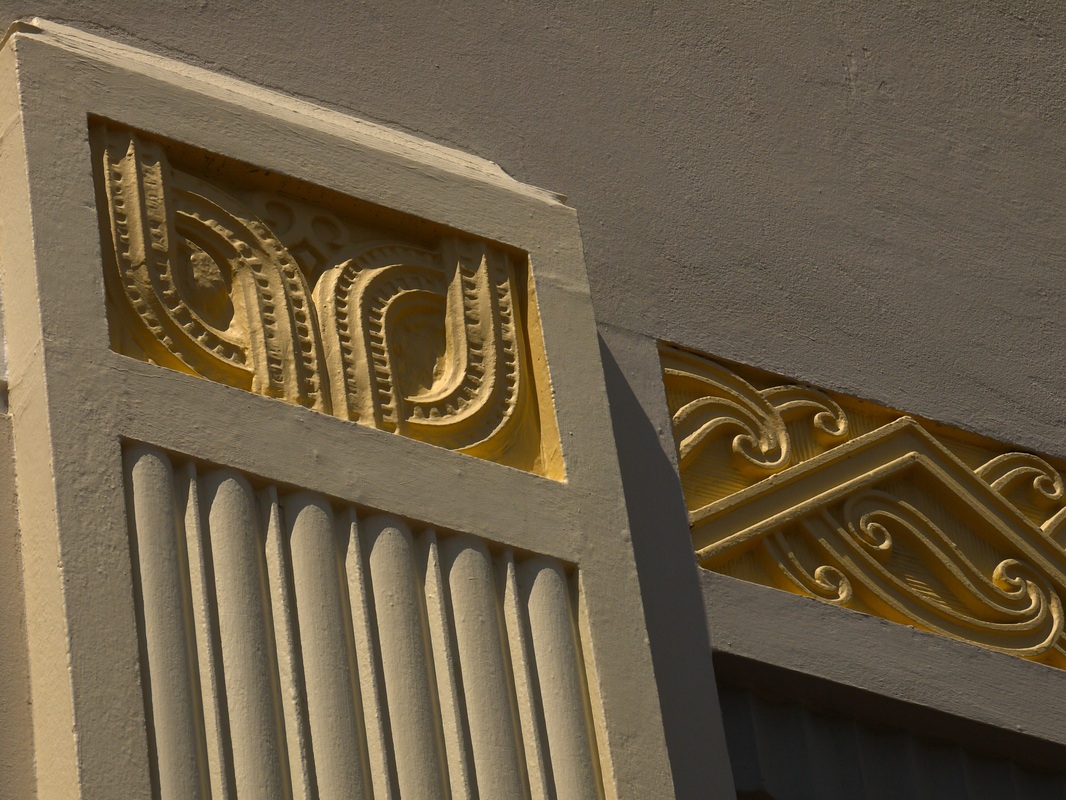
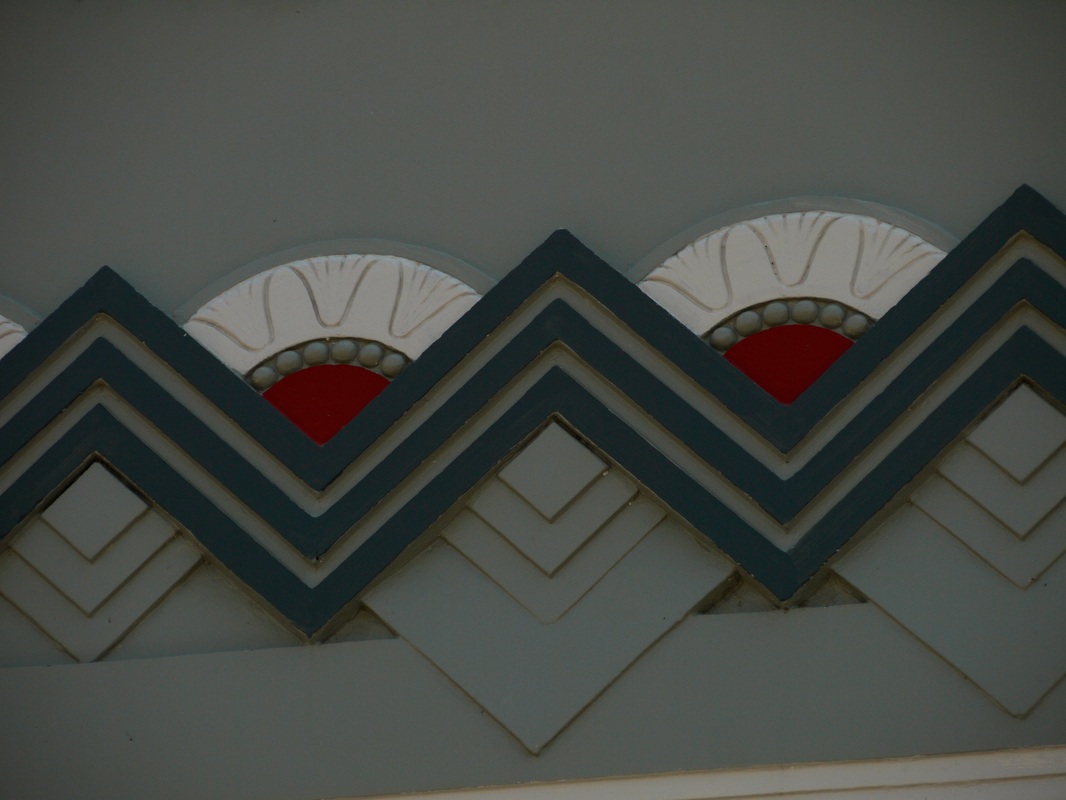
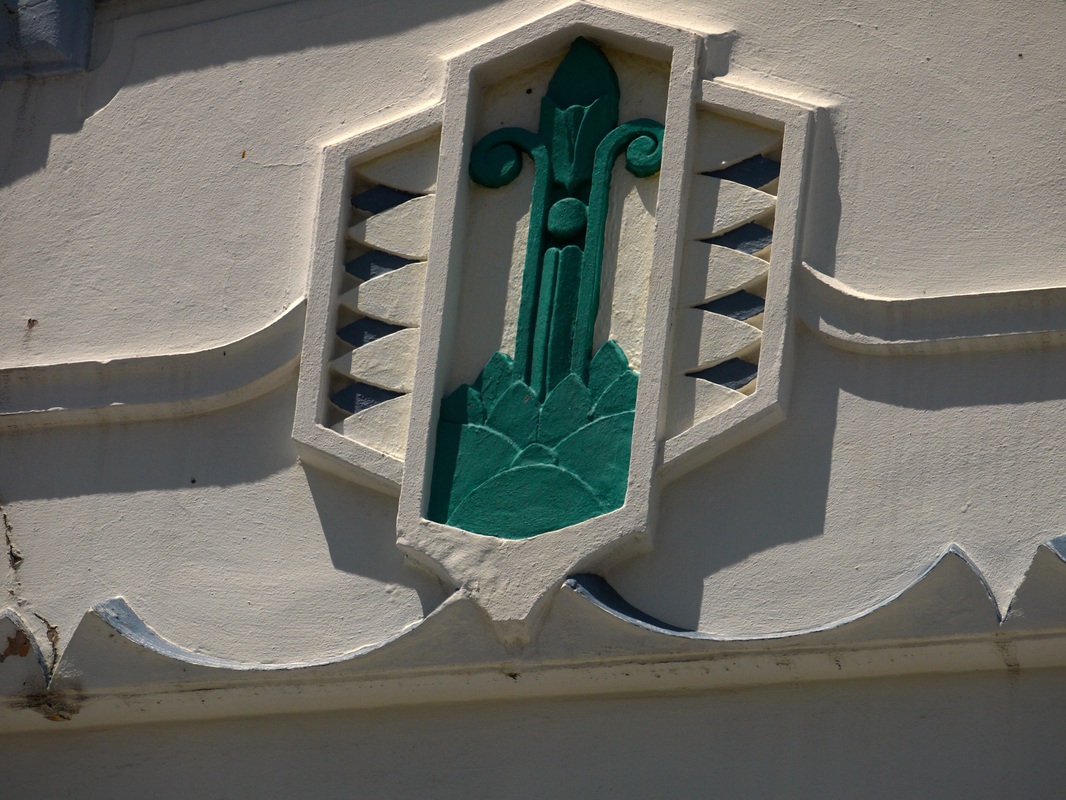
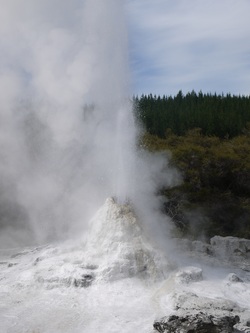
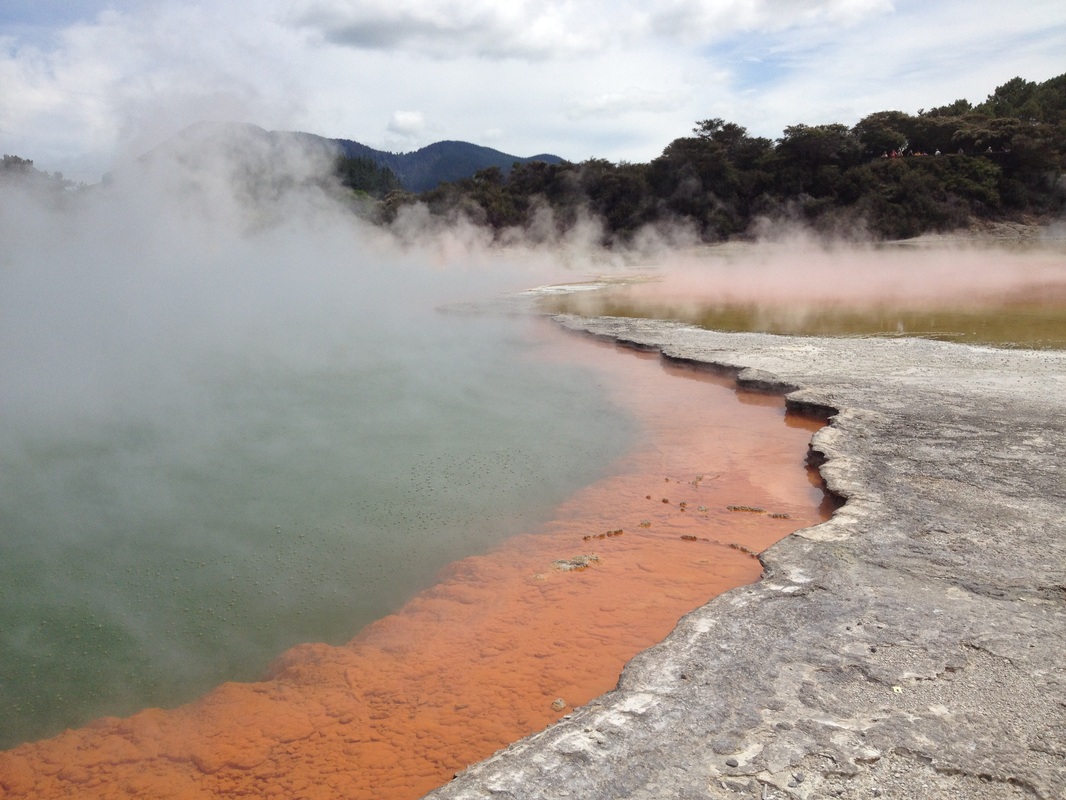
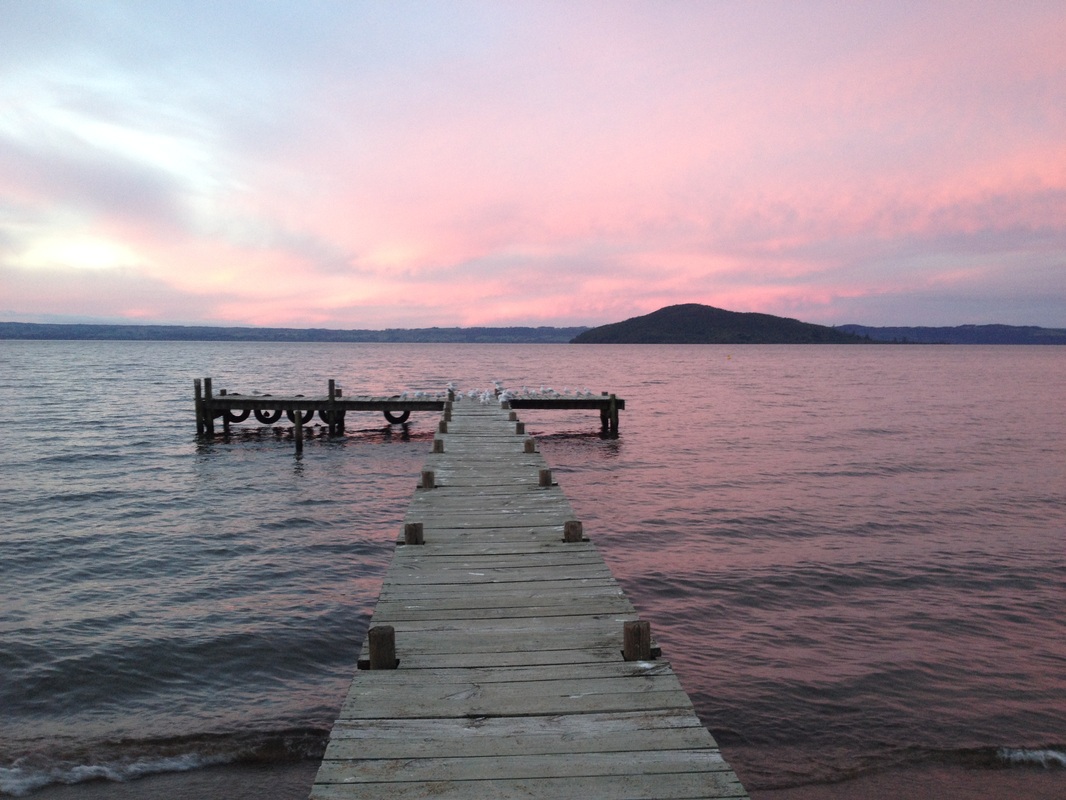
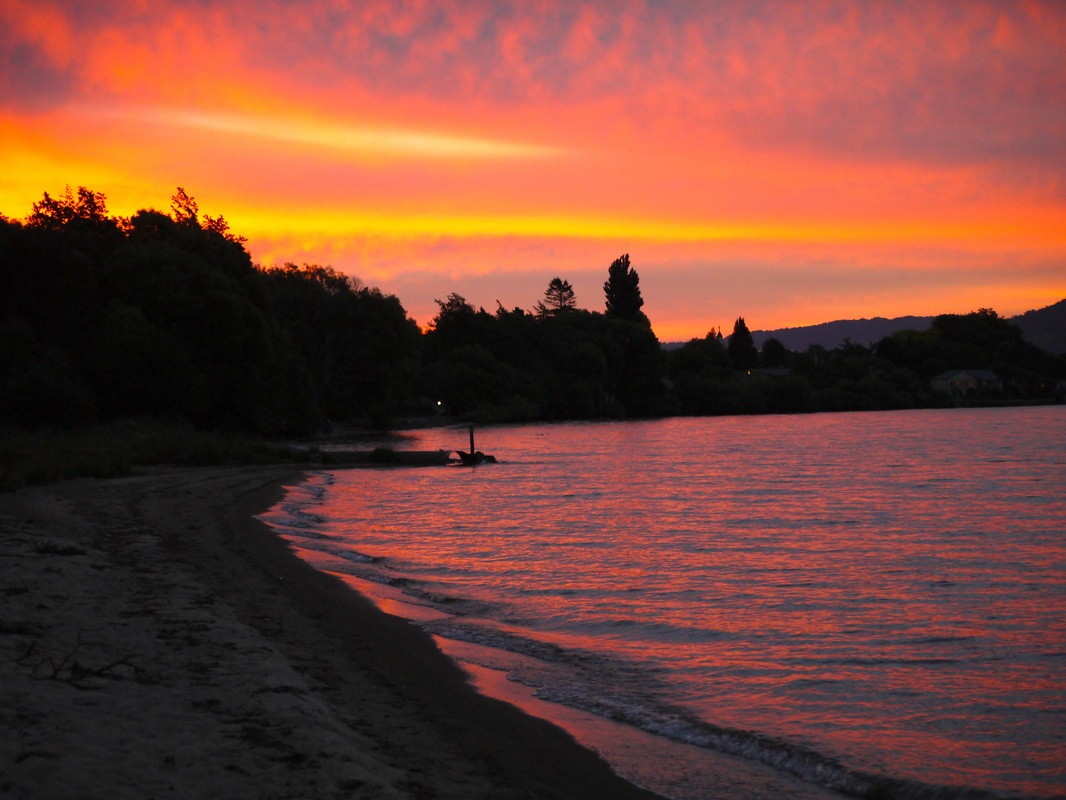


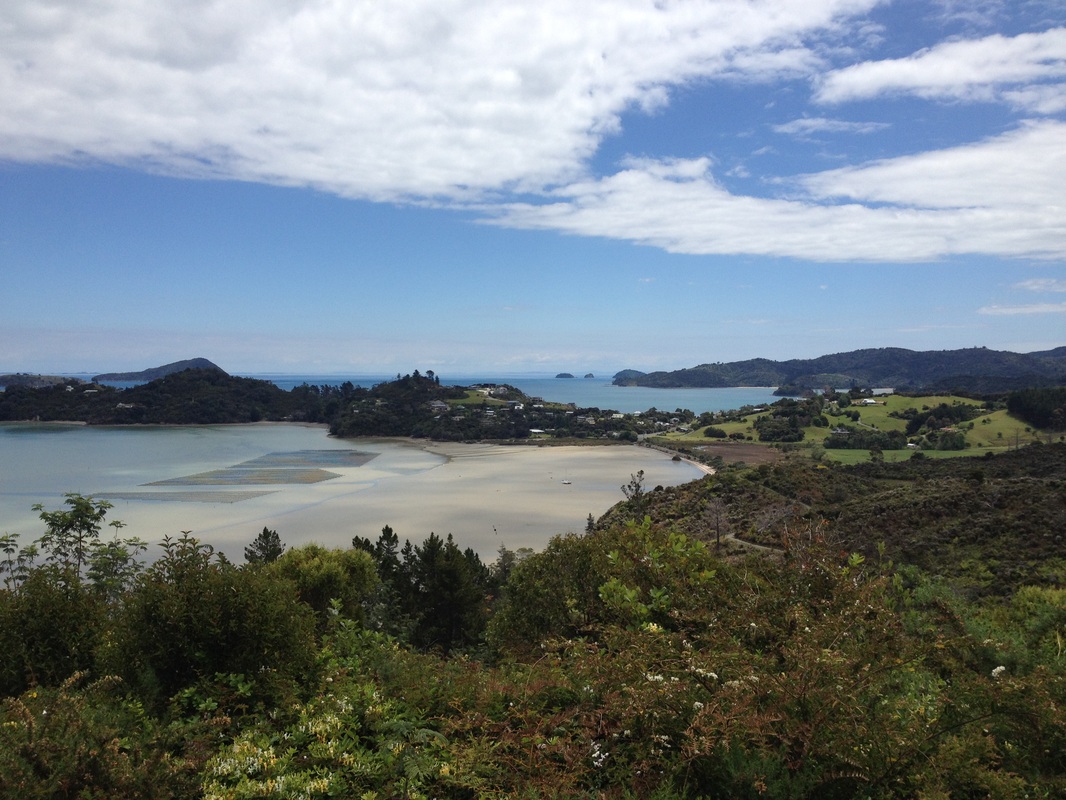
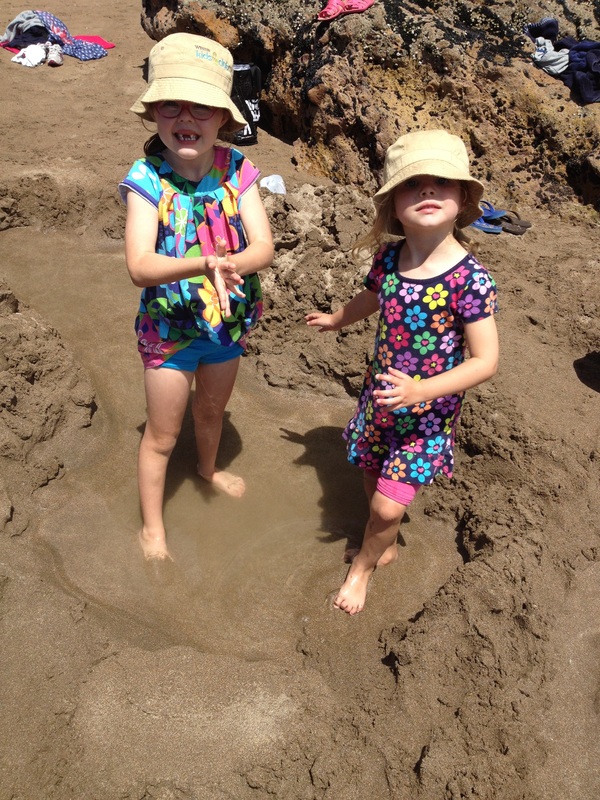
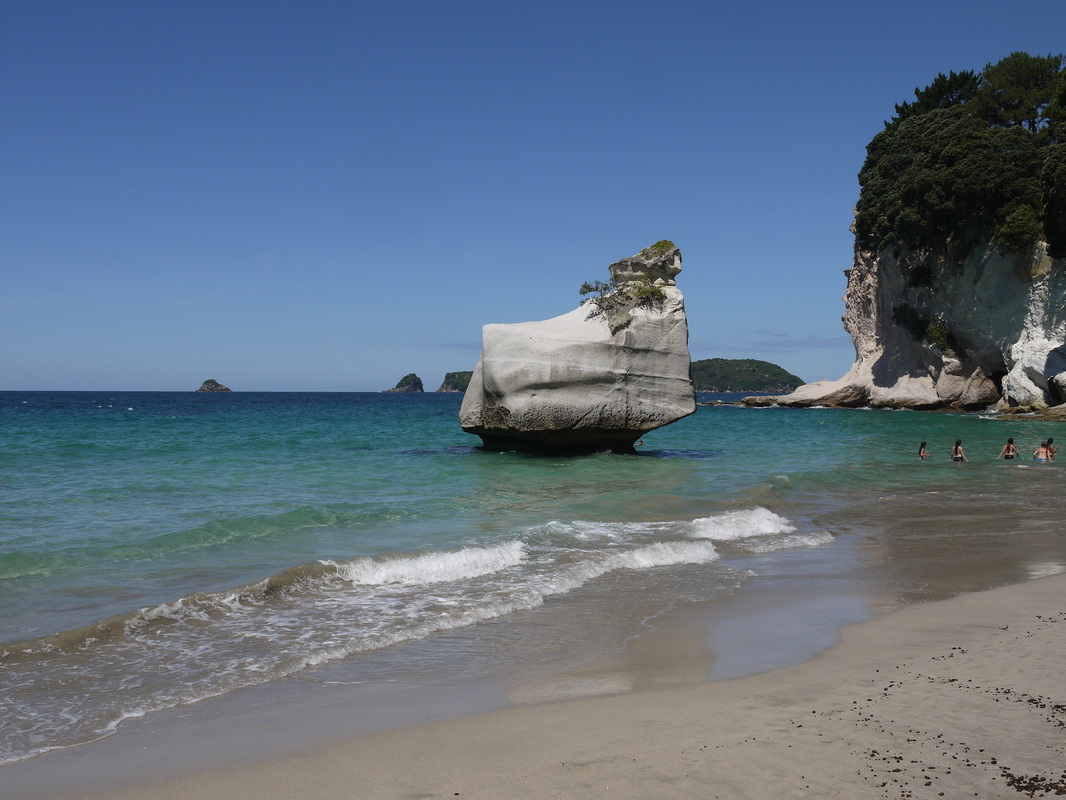
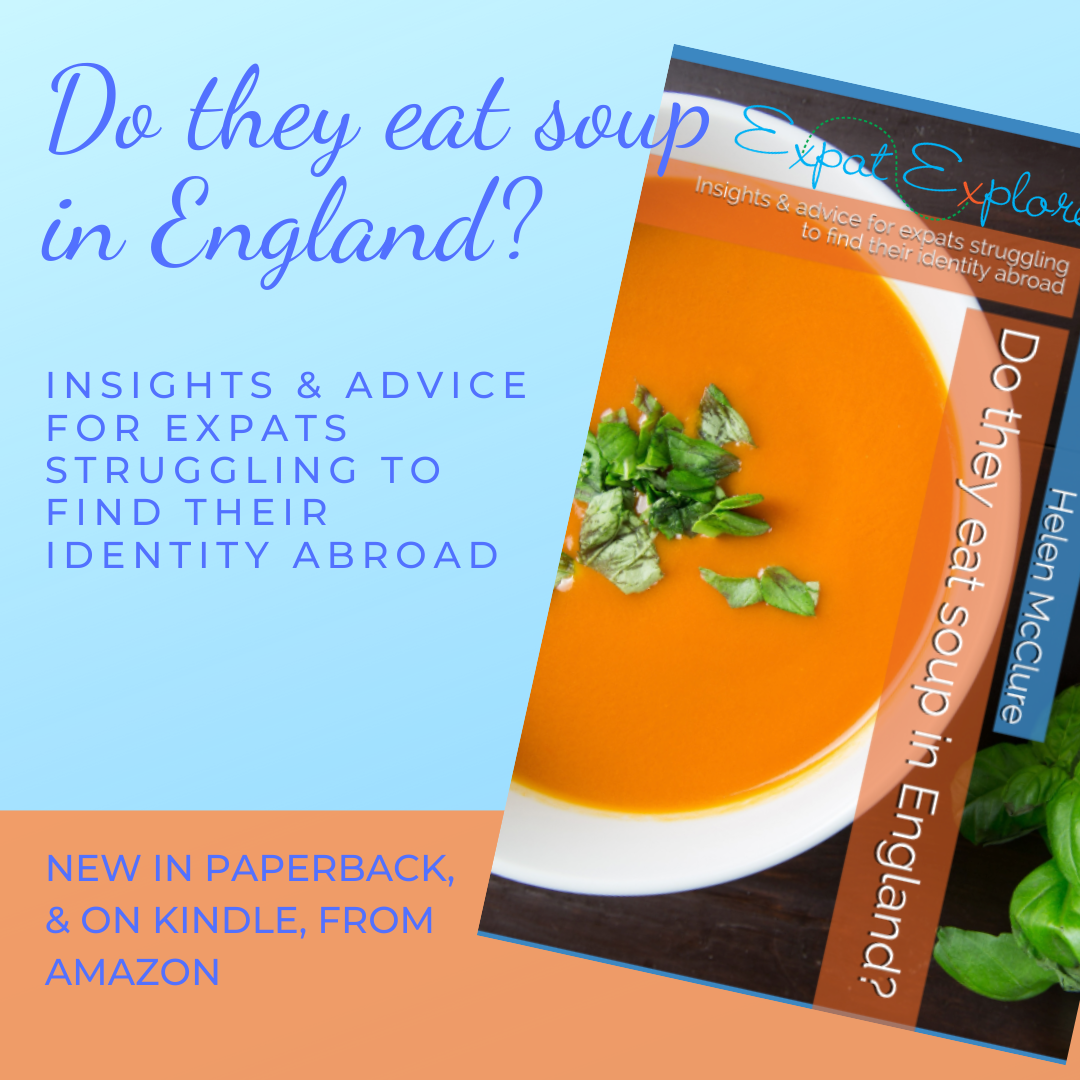

 RSS Feed
RSS Feed
